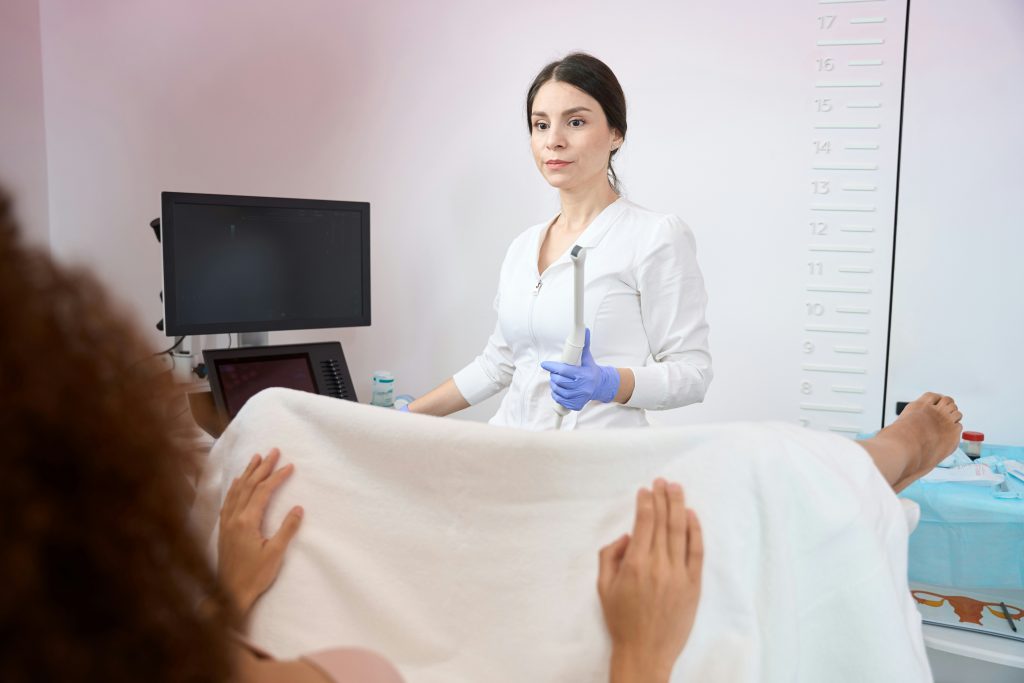Cervical cancer is a serious health issue that affects many women around the world, including Australia. Understanding what cervical cancer is, its causes, symptoms, and how to prevent it is crucial for every woman. This guide aims to provide clear, concise information about cervical cancer, helping you stay informed and proactive about your health.
What is Cervical Cancer?
Cervical cancer starts in the cells of the cervix, the lower part of the uterus that connects to the vagina. It’s a common cancer, but with proper screening and vaccination, it’s highly preventable. In Australia, cervical cancer rates have significantly dropped due to effective screening programs and the widespread use of the HPV vaccine. According to the Australian Institute of Health and Welfare (AIHW), regular screening has made a big difference in early detection and treatment.
Most cervical cancers are caused by persistent infection with high-risk types of human papillomavirus (HPV), a common sexually transmitted infection. While HPV infections are very common, they don’t always lead to cancer. However, when high-risk HPV types persist, they can cause changes in the cervical cells that may develop into cancer over time.
Other risk factors include smoking, which doubles your risk of cervical cancer, and having a weakened immune system, such as from HIV/AIDS, which increases your susceptibility. Long-term use of birth control pills and having multiple full-term pregnancies can also raise your risk. If you have a family history of cervical cancer, you should be especially vigilant about regular screenings.
Knowing what cervical cancer is and understanding the risks can help you take steps to protect your health. Staying informed, getting vaccinated, and participating in regular screenings are key actions you can take to reduce your risk of developing cervical cancer.
Symptoms and Early Detection
In the early stages, cervical cancer often doesn’t cause any noticeable symptoms. This is why regular screening is so important. When symptoms do appear, they can include abnormal vaginal bleeding, such as bleeding after sex, between periods, or after menopause. You might also notice unusual vaginal discharge or pain during intercourse. If you experience any of these symptoms, it’s essential to see your doctor promptly.
The most effective way to detect cervical cancer early is through regular screening tests. The Pap smear, also known as the Pap test, has been a standard method for many years. This test involves collecting cells from your cervix to look for abnormalities. In Australia, the National Cervical Screening Program recommends starting Pap smears at age 21 and continuing them every two years until age 69. In recent years, the HPV test has become another critical tool. This test checks for the presence of high-risk HPV types that can lead to cervical cancer. Combining both tests provides a comprehensive approach to early detection.
Regular screening can catch changes in the cervical cells before they turn into cancer, making it possible to treat these changes early and prevent cervical cancer from developing. According to the National Cervical Screening Program, women who participate in regular screening have a significantly lower risk of developing cervical cancer.
Prevention
Preventing cervical cancer involves a combination of vaccination, regular screening, and lifestyle changes. The HPV vaccine is highly effective in preventing infection with the most dangerous types of HPV. In Australia, the vaccine is offered to girls and boys aged 12 to 13 through school-based programs. It’s also available for women and men up to age 45. According to the Immunise Australia Program, getting vaccinated before becoming sexually active provides the best protection.
In addition to vaccination, you can reduce your risk by making healthy lifestyle choices. Quitting smoking is crucial because smoking increases the risk of cervical cancer. Maintaining a healthy immune system through regular exercise, a balanced diet, and managing stress can also help. Limiting the number of sexual partners and using condoms can reduce your risk of HPV infection.
Regular screening remains a cornerstone of prevention. Even if you’ve been vaccinated, you should still participate in regular cervical screening, as the vaccine doesn’t protect against all HPV types. Early detection through screening can lead to successful treatment of precancerous changes, preventing cervical cancer from developing.

Stages of Cervical Cancer
Cervical cancer is classified into different stages, which describe how far the cancer has spread. Understanding these stages can help you grasp the seriousness of the disease and the importance of early detection.
- Stage 0 (Carcinoma in situ): Abnormal cells are present only in the layer of cells lining the cervix.
- Stage I: Cancer is confined to the cervix. This stage is further divided into IA (very small cancers visible only under a microscope) and IB (larger cancers still confined to the cervix).
- Stage II: Cancer has spread beyond the cervix to the surrounding tissues but hasn’t reached the pelvic wall or the lower part of the vagina.
- Stage III: Cancer has spread to the lower part of the vagina or the pelvic wall and may block the ureters, tubes that carry urine from the kidneys to the bladder.
- Stage IV: Cancer has spread to other parts of the body, such as the bladder, rectum, or distant organs.
Knowing the stage of cervical cancer helps doctors determine the best treatment options and predict the likely course of the disease. Early-stage cervical cancer (Stages I and II) has a much better prognosis than advanced stages (Stages III and IV).
Treatment Options
The treatment for cervical cancer depends on the stage of the disease, your overall health, and your preferences. Here are the main treatment options:
- Surgery: For early-stage cervical cancer, surgery is often the primary treatment. This can range from removing just the cancerous tissue to performing a hysterectomy, which involves removing the uterus and possibly other nearby tissues.
- Radiation Therapy: Uses high-energy rays to kill cancer cells. It can be used alone or in combination with surgery, especially for later stages of cervical cancer.
- Chemotherapy: Involves using drugs to kill cancer cells. It’s often used in combination with radiation therapy for advanced stages or when cancer has spread.
- Targeted Therapy: Uses drugs to target specific aspects of cancer cells. This type of treatment can be effective for certain types of cervical cancer and is usually used when other treatments have not been successful.
Your treatment plan will be tailored to your situation, and your healthcare team will discuss the best options. Understanding your choices and asking questions is essential for making informed decisions about your care.

Prognosis and Survival Rates
The prognosis for cervical cancer depends on the stage at which it is diagnosed. Early-stage cervical cancer has a high survival rate, while advanced stages have a lower prognosis. According to Cancer Australia, the five-year survival rate for women with cervical cancer is around 74%. However, for those diagnosed at an early stage, the survival rate can be as high as 93%.
Early detection through regular screening is crucial for improving outcomes. The earlier cervical cancer is found, the easier it is to treat and the better the chances of a successful outcome.
Conclusion
Cervical cancer is a serious but preventable and treatable disease. By staying informed, getting vaccinated, and participating in regular screenings, you can significantly reduce your risk. Remember, early detection is key to successful treatment. Stay proactive about your health and encourage others to do the same. By following these guidelines, you can significantly lower your chances of encountering cervical cancer, ensuring a healthier future.


